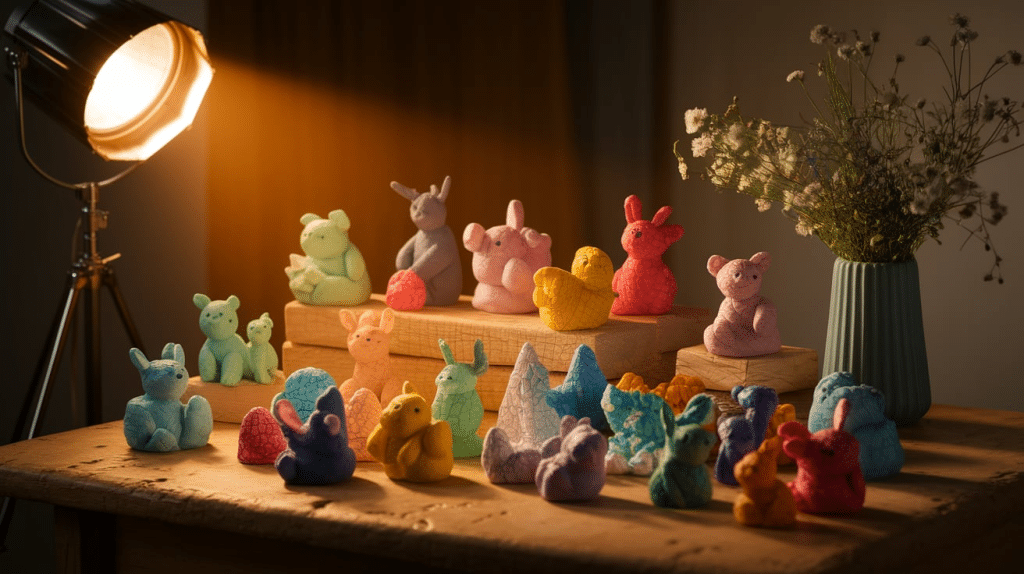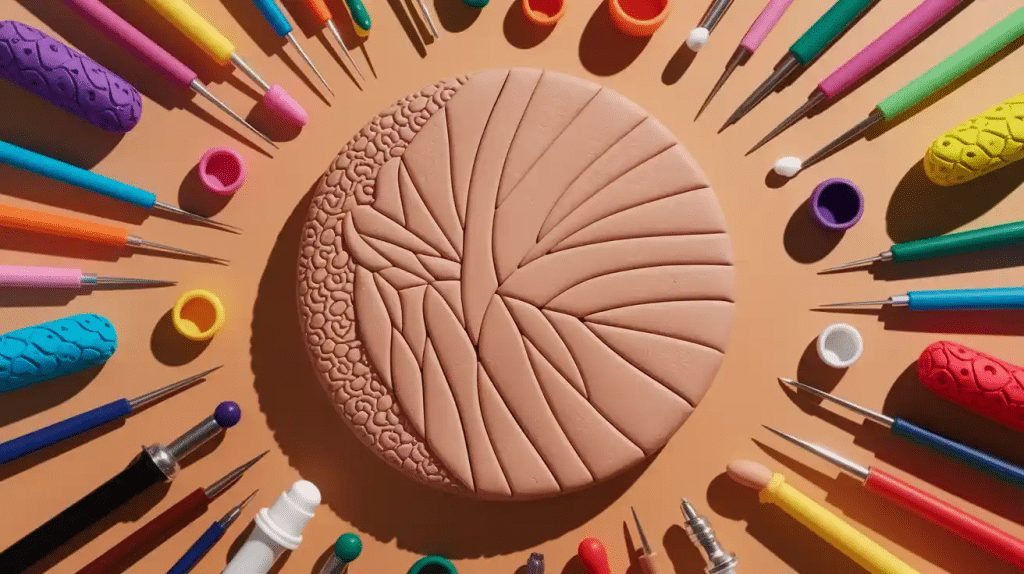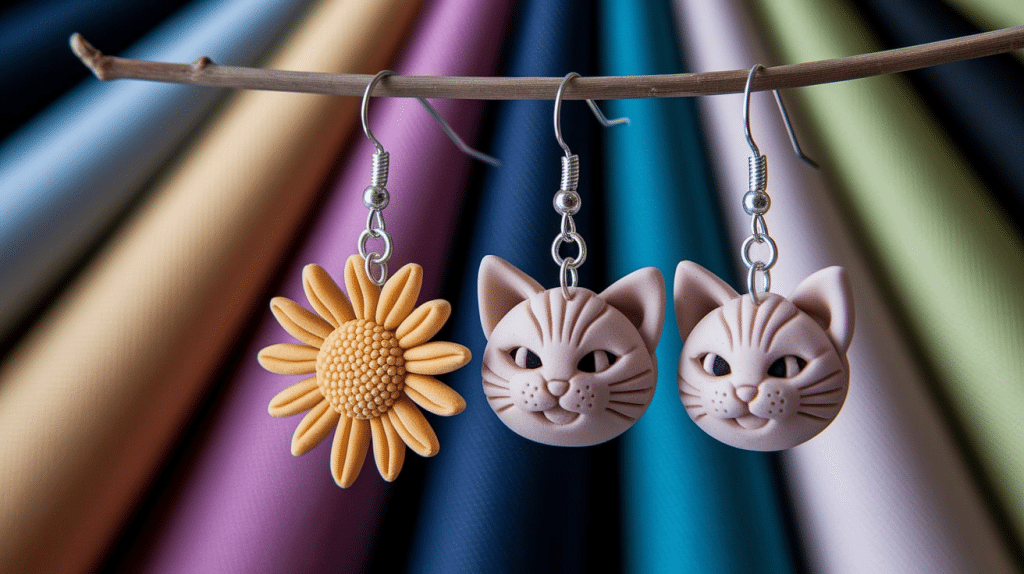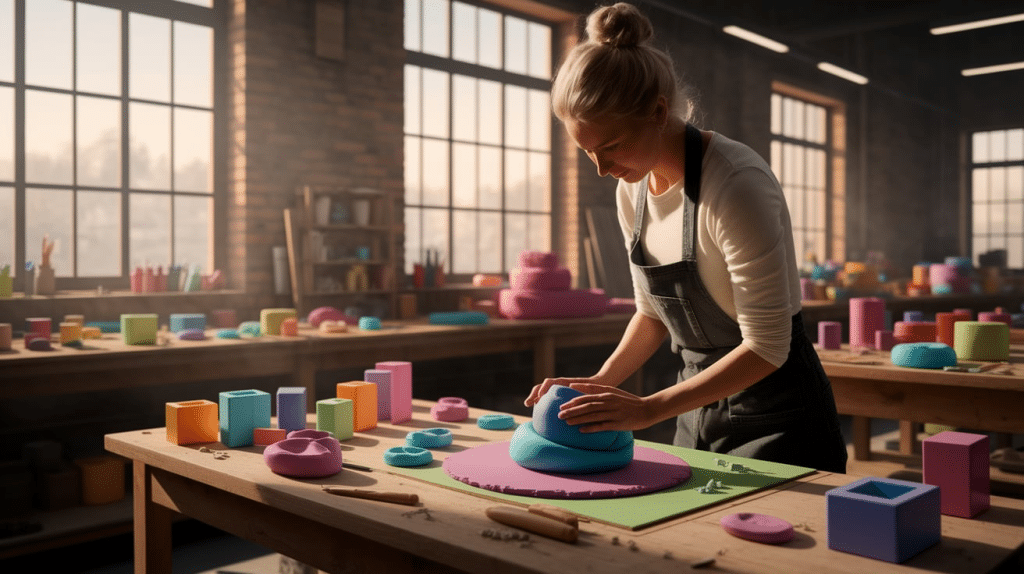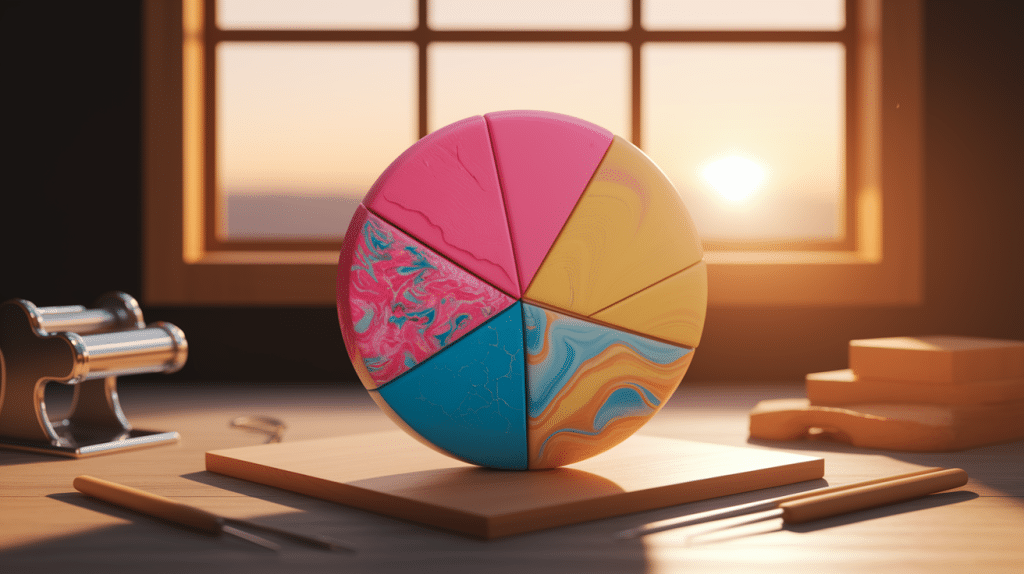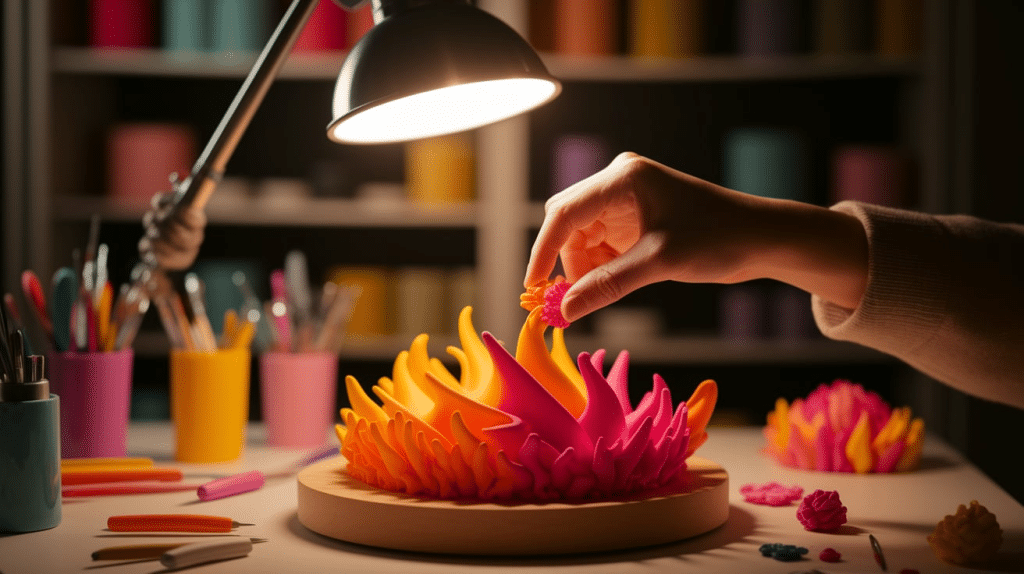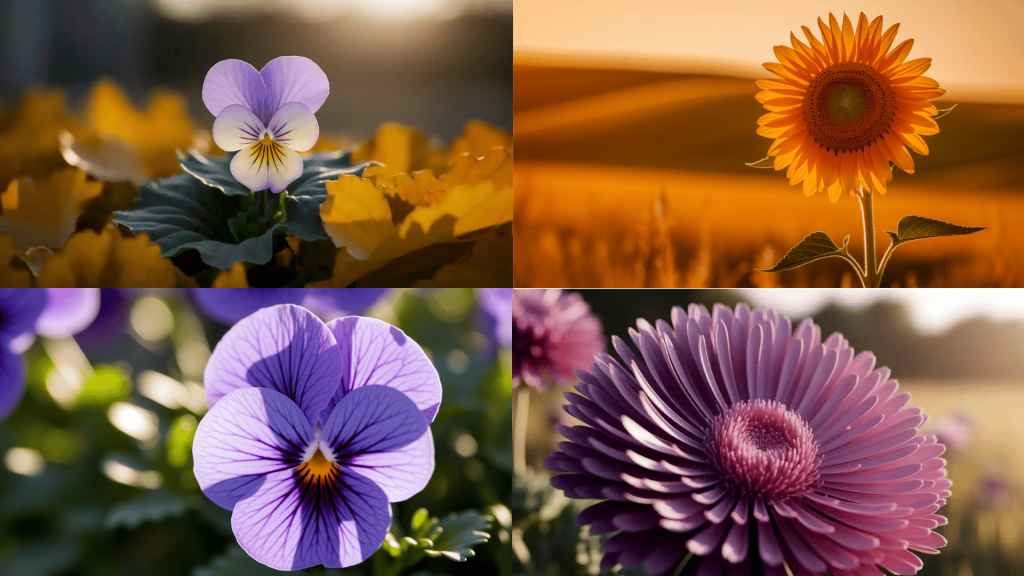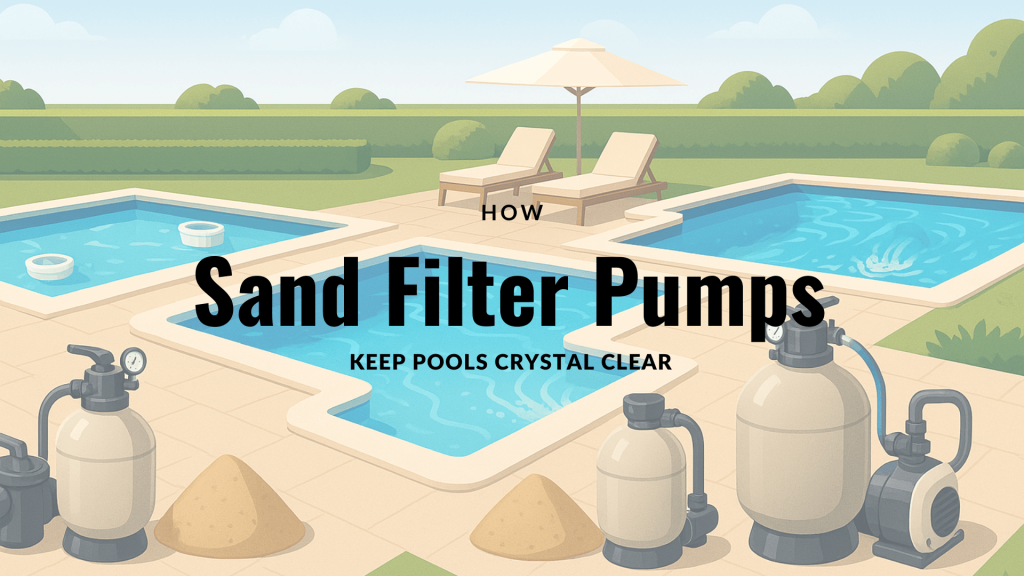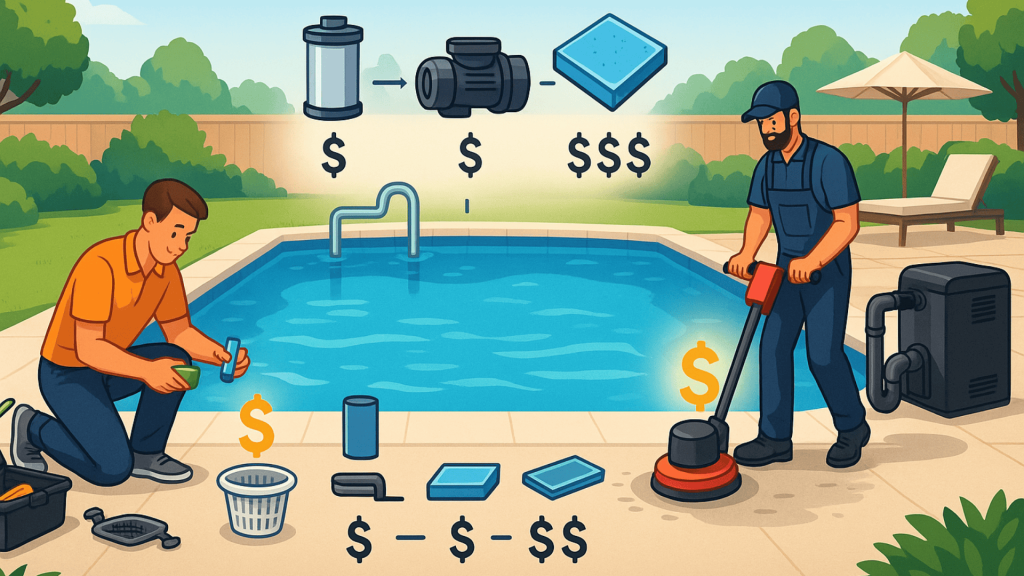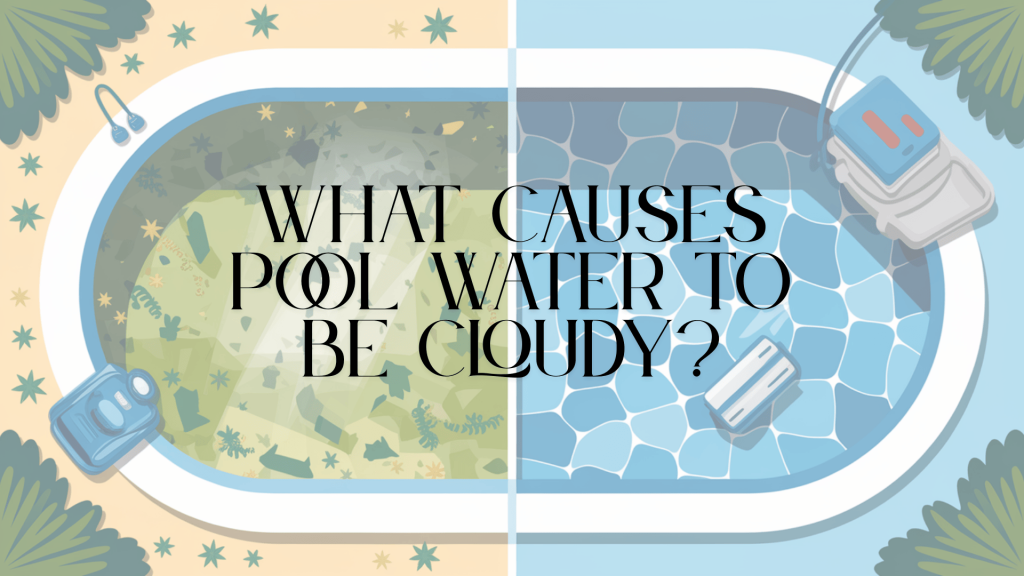Polymer clay is a versatile material used for crafting, sculpting, and creating jewelry.
Its composition includes plasticizers, resins, and pigments.
These components make the clay durable, flexible, and vibrant in color.
Due to its plastic-like nature, polymer clay can be molded into intricate designs.
Artists and hobbyists love polymer clay for its ability to hold shape once cured.
The material is also easy to work with, making it suitable for beginners and experts alike.
Understanding what polymer clay is made of helps in grasping its unique properties and usage in various creative projects.
What is Polymer Clay
Polymer clay is a versatile, oven-hardening modeling material made from polyvinyl chloride (PVC) and various additives.
Artists and crafters love its soft, pliable nature before baking.
It comes in vibrant colors and can mimic a wide range of textures and materials.
The material was first developed in the 1930s by German doll makers seeking an alternative to traditional clay.
Commercial production began in the 1960s, quickly gaining popularity among hobbyists and professional artists.
Its accessibility and ease of use revolutionized sculpting and crafting techniques.
Polymer clay allows creative expression through jewelry, sculptures, decorative items, and intricate miniatures.
Crafters appreciate its permanent finish and ability to capture fine details after baking.
What are the Key Components of Polymer Clay
Polymer clay is a versatile crafting material composed of several critical ingredients that work together to create its unique properties.
Understanding these key components helps artists and crafters manipulate the medium effectively and achieve desired results.
| COMPONENT | DESCRIPTION |
|---|---|
| Polyvinyl Chloride (PVC) | The main plastic base that gives polymer clay its flexibility and durability. |
| Plasticizers | Additives that make the clay soft and workable. |
| Fillers | Materials that improve texture and make the clay more affordable. |
| Pigments | Used to provide the clay with a variety of colors. |
| Other Additives | Includes stabilizers, glitters, and perfumes added to enhance qualities. |
Each component plays a crucial role in creating the final characteristics of polymer clay, allowing artists to explore endless creative possibilities in their craft.
The Science Behind Polymer Clay
Polymer clay combines chemistry, materials science, and art, transforming basic chemical compounds into a flexible, moldable medium for creativity.
The core of polymer clay is polyvinyl chloride (PVC) particles suspended in liquid plasticizer, creating a unique material.
When heated, the plasticizer molecules move between PVC chains, softening the clay and making it pliable for shaping.
The curing process involves molecular changes, where heat causes the plasticizer to evaporate, and PVC particles bond together.
This results in a solid, durable product.
Chemical additives further enhance the clay’s qualities, offering artists a scientifically crafted material for their work.
The science behind polymer clay blends material innovation with creative potential, empowering artists to push boundaries in their designs.
How Polymer Clay is Manufactured
Polymer clay production begins with a measured amount of polyvinyl chloride resin as the primary material for manufacturing.
Manufacturers blend PVC with plasticizers.
This creates a soft, workable base for the clay.
Specialized mixing equipment ensures uniform consistency through precise temperature and pressure control.
Powerful extruders push the mixture through dies, forming uniform clay strands.
Pigments and fillers are added during mixing to achieve the desired properties.
The extruded clay undergoes cooling and cutting to form manageable blocks.
Quality control checks ensure the clay meets hardness, flexibility, and color standards.
The final product is packaged for commercial distribution.
Types of Polymer Clay
Polymer clay comes in various exciting varieties, each offering unique characteristics for crafters and artists to explore and utilize.
The following types provide distinct options for creative expression and specialized crafting techniques:
-
Solid Polymer Clay: Most common type used for diverse artistic projects and everyday crafting applications across skill levels.
-
Translucent Polymer Clay: Contains special translucent particles that create beautiful glass-like finishes for delicate and ethereal artistic creations.
-
Pearlized Polymer Clay: Incorporates shimmering particles that produce a luxurious, glossy effect perfect for decorative and jewelry-making projects.
-
Fimo: A renowned brand offering versatile polymer clay with exceptional quality and consistent performance for professional and hobbyist artists.
Each type of polymer clay brings unique possibilities, empowering artists to explore creative techniques and bring imaginative designs to life.
Safety and Usage of Polymer Clay
When working with polymer clay, it’s important to follow safety guidelines to ensure a safe crafting experience. Proper usage and storage can help maintain the quality of the clay and ensure safe handling.
-
Non-Toxic: Polymer clay is safe for both children and adults when used as intended for crafting purposes.
-
Baking Safety: Always bake polymer clay in a well-ventilated area to avoid harmful fumes that may be released.
-
Storage: Keep polymer clay in airtight containers to prevent it from drying out and losing its workability.
By following these safety precautions, you can enjoy a safe and effective polymer clay crafting experience.
Practical Applications
Polymer clay provides endless creative possibilities, changing artistic ideas into functional, decorative, and detailed objects with precision.
Jewelry makers use polymer clay to create intricate, lightweight accessories that showcase unique designs and personal style.
Sculptors and miniature artists rely on polymer clay to craft detailed figurines, model components, and realistic three-dimensional representations.
Hobbyists and crafters enjoy using polymer clay for custom home decor, personalized buttons, educational aids, and unique gifts.
Professional artists and designers explore the potential of polymer clay in sculpture, fashion accessories, architectural models, and experimental mixed-media art.
The versatility of polymer clay continues to inspire innovative applications in various creative fields.
Wrapping It Up
Polymer clay’s unique blend of ingredients allows it to be both moldable and durable, making it a popular choice.
Its versatility in crafting allows users to experiment with different shapes, colors, and textures.
The material can be shaped, baked, and hardened to create lasting pieces.
Whether for jewelry, miniatures, or sculptures, polymer clay is widely appreciated in the art community.
Understanding its composition deepens appreciation for the material’s potential.
This knowledge empowers artists to create more intricate designs and explore new possibilities in their projects.
Its composition is key to its widespread use and success.

